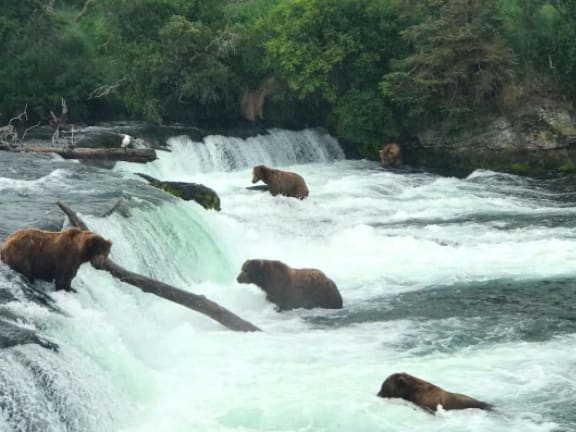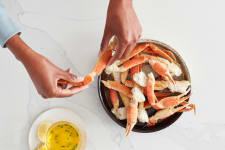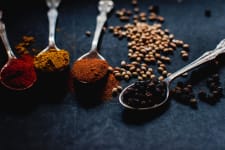
Wild Salmon Is More Spiritual Than You Think
April 3rd, 2020Understanding How This Special Wild Species Keeps the Balance
Let me tell you what I love most about wild Alaskan salmon. I bet you think I’ll say, “its unique and robust flavor;” or “its bountiful omega-3 content;” or “its endless versatility” — and while all of those traits are undoubtedly true, the thing I love most about this incredible super-species is how it behaves as an essential lifeblood of the ecosystem in which thrives. Allow me to explain.
Alaskan salmon are born in mountain lakes and streams, migrate via river systems to the ocean where they spend their life, journey back to where they were born and eventually spawn and die. But with said journey comes a certain phenomenology and beautiful mystery around the fish, an ancient and primal wisdom rooted in the distinct connectedness that salmon have to their particular environment.
We like to think of salmon in the way that winemakers talk about terroir, because — like grapes in relation to the earth on which they grow — the physiology of salmon is influenced by the specific river system in which they are born. The fat content of a particular fish, for example, is largely dictated by the nature of the journey it needs to make back upriver before it can spawn or die; and these rivers can range from mild, shallow journeys to very difficult journeys, where the salmon must fight elements such as rocks, rapids and bears.
So, the physiology of each fish is somehow smart enough to know that it needs to have a higher or lower fat content (and as such eat more or less) while it’s at sea so that it survives this very distinct and always epic journey. This creates quite a difference of variation even within a single species (and there are five different species that Alaskan salmon call home) — nuances that change not only the life cycle of the salmon, but also the culinary experience of the fish.
In this way, salmon really is a sort of lifeblood of its various environments because throughout its multifaceted migration pattern, it picks up its own nutrients from fresh and salt waters, and in turn feeds bears, whales and humans alike — a living circulatory organism that nourishes so many other creatures, acting not only as a bridge to many ecosystems, but also as a great balance-keeper of an ever-changing flow.
For us, a key aspect of delivering the best wild salmon to our members is not only making sure you eat the highest quality fish, but to also help connect you to the entire lifecycle of this incredible animal.
Live wild,
Monica
Pictured: a monumentally lucky moment this past summer, where we witnessed a group of majestic brown bears at Brooks Falls on the Katmai River, where each summer they feast on the bounty and glory of the Bristol Bay sockeye salmon run.





